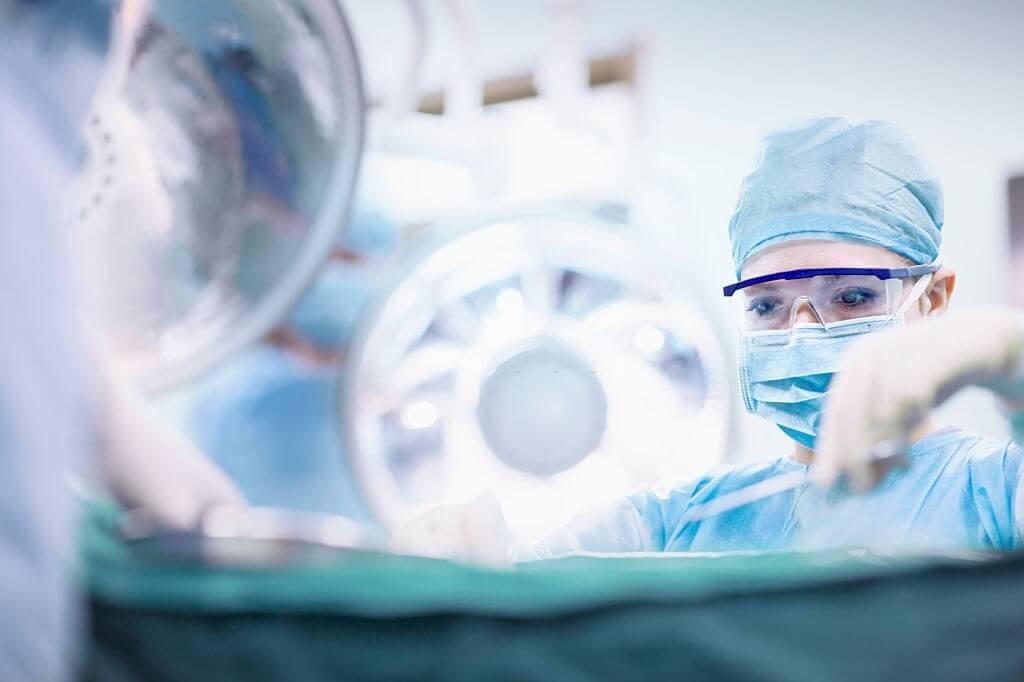According to research published in Anaesthesia (a journal of the American Association of Anaesthetists), using a facemask during routine surgery is not an aerosol-generating procedure. It does not increase the risk of COVID-19 transmission when compared to normal breathing/coughing of patients.
As a result, this method is low-risk and can be used for normal surgery as well as emergency airway management. Its use should not impede down procedures or require medical staff to wear additional personal protective equipment.
The Use Of A Facemask To Ventilate Patients Undergoing Surgery
Facemask ventilation is a vital component of anesthetists’ ‘life support’ for most anesthetized patients undergoing surgery. The World Health Organization’s classification of it as an “aerosol-generating operation” (AGP) has had a significant impact on operating room efficiency and processes.
Since the spread of the virus, the facemask has been made mandatory for people in almost every nation. During the phase of the spread of infection, many surgeries were postponed by experts.

However, new research is carried out by experts where it is observed that this virus does not spread if the mask is worn by the patient while undergoing surgery.
However, there is no direct evidence that facemask ventilation is a high-risk practice for the formation of aerosols. To yet, no study has quantified the aerosol produced during facemask ventilation, and the evidence for its AGP categorization is entirely based on a single study of illnesses in anesthetists from the last SARS-1 epidemic in 2003.
Facemask ventilation is a vital component of anesthetists’ ‘life support’ for most anesthetized patients undergoing surgery. The World Health Organization’s classification of it as an “aerosol-generating operation” (AGP) has had a significant impact on operating room efficiency and processes.
However, there is no direct evidence that facemask ventilation is a high-risk practice for the formation of aerosols. To yet, no study has quantified the aerosol produced during facemask ventilation, and the evidence for its AGP categorization is entirely based on a single study of illnesses in anesthetists from the last SARS-1 epidemic in 2003.
The authors of this new study measured aerosol levels in anesthetized patients during regular facemask ventilation and facemask ventilation with a deliberately created air leak, simulating the worst-case scenario in which aerosol spreads into the air.
The aerosol generated by each patient’s normal breathing and coughing was compared to recordings taken in ultraclean operating rooms (at Southmead Hospital, North Bristol NHS Trust, UK).
With a median aerosol concentration of 191 particles per liter, respiratory aerosol from normal breathing was reliably identified above the very low background particle concentrations.
The average aerosol concentration observed during facemask ventilation without a leak (3 particles per liter) was 64 times lower than the concentration detected during breathing. The aerosol count was 17 times lower than breathing when a deliberate leak was introduced (11 particles per liter).
When the team looked at peak particle concentrations, they discovered that a patient coughing caused a spike of 1260 particles per liter, compared to a peak of 60 particles per liter (20 times lower) with routine facemask ventilation and 120 particles per liter with an intentional leak (10 times lower).
Facemask ventilation does not produce substantial quantities of bioaerosol, even when performed with an intentional leak.
Even with an intentional leak, the low concentration of aerosol observed during facemask ventilation is comforting, given that this is the worst-case situation. Normal breathing and a purposeful cough both produce many times more aerosol than facemask ventilation.
Facemask ventilation should not, therefore, be considered an aerosol-generating technique. Many treatments now classified as aerosol-producing are not innately high risk for generating aerosol, according to mounting research, and natural patient respiratory episodes frequently generate significantly higher amounts.